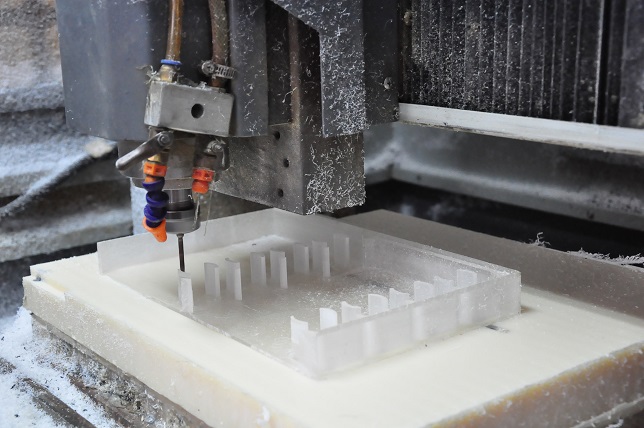Get in touch.
Dear,I will reply in 12 hours. All your message are protected!
Rapid Prototyping Services, Professional manufacturer of CNC Prototyping and 3D Prototyping in China.
In CNC (Computer Numerical Control) machining, proper fixturing is essential for ensuring accurate and efficient production. In this article, we will explore effective techniques for fixturing in CNC machining, allowing you to achieve optimal results in your manufacturing process.

1.Understand the Workpiece:
Before selecting a fixturing technique, it is crucial to have a thorough understanding of the workpiece. Consider factors such as its material, shape, size, and required machining operations. This information will help determine the most appropriate fixturing method for your specific application.
2.Utilize Vises and Clamps:
Vises and clamps are common fixturing tools in CNC machining. They provide a secure hold on the workpiece, allowing for precise and stable machining operations. Choose vises or clamps that are suitable for your workpiece's size and shape. Ensure that they are properly aligned and tightened to prevent any movement during machining.
3.Custom Fixtures:
For complex or irregularly shaped workpieces, custom fixtures can provide an optimal solution. These fixtures are designed specifically for the workpiece, ensuring accurate positioning and secure clamping. Custom fixtures can be created using a variety of materials, such as aluminum, steel, or plastic, depending on the requirements of the machining process.
4.Modular Fixturing Systems:
Modular fixturing systems offer flexibility and versatility in CNC machining. These systems consist of standardized components that can be easily configured and combined to accommodate different workpieces. They often include a base plate, clamps, and fixture elements that can be adjusted and repositioned as needed. Modular fixturing systems are particularly useful for high-volume production or when frequent setup changes are required.
5.Vacuum Fixturing:
Vacuum fixturing is an effective method for securing thin or flat workpieces. It utilizes suction to hold the workpiece firmly in place during machining. This technique is commonly used for materials like plastic, wood, or sheet metal. Ensure that the workpiece surface is clean and free from debris to ensure a reliable vacuum hold.
6.Indexing and Rotary Tables:
Indexing and rotary tables are used when multiple sides or angles of the workpiece need to be machined. These tables allow for precise rotation and positioning of the workpiece, enabling machining operations on different surfaces without the need for repositioning or re-clamping. Ensure that the indexing or rotary table is properly calibrated and aligned to achieve accurate results.
7.Consider Soft Jaws:
Soft jaws are often used in CNC machining to hold delicate or irregularly shaped workpieces. These jaws are made from softer materials like aluminum or plastic, which can be machined to match the shape of the workpiece. Soft jaws provide a secure grip without damaging or distorting the workpiece's surface.
8.Rigorous Testing and Quality Control:
After fixturing the workpiece, it is crucial to perform rigorous testing and quality control checks. Verify the alignment, stability, and accuracy of the fixturing setup before proceeding with the machining process. Implement regular inspections and measurements to ensure that the fixturing remains secure and accurate throughout the production run.
Conclusion:
Effective fixturing is a critical aspect of successful CNC machining. By understanding the workpiece, utilizing techniques such as vises, clamps, custom fixtures, modular fixturing systems, vacuum fixturing, indexing or rotary tables, soft jaws, and implementing rigorous testing and quality control, you can ensure accurate and efficient production in CNC machining.
© 2005-2020 Shenzhen Tuowei Model Technologies Co., Ltd. | All Rights Reserved 粤ICP备11096697号